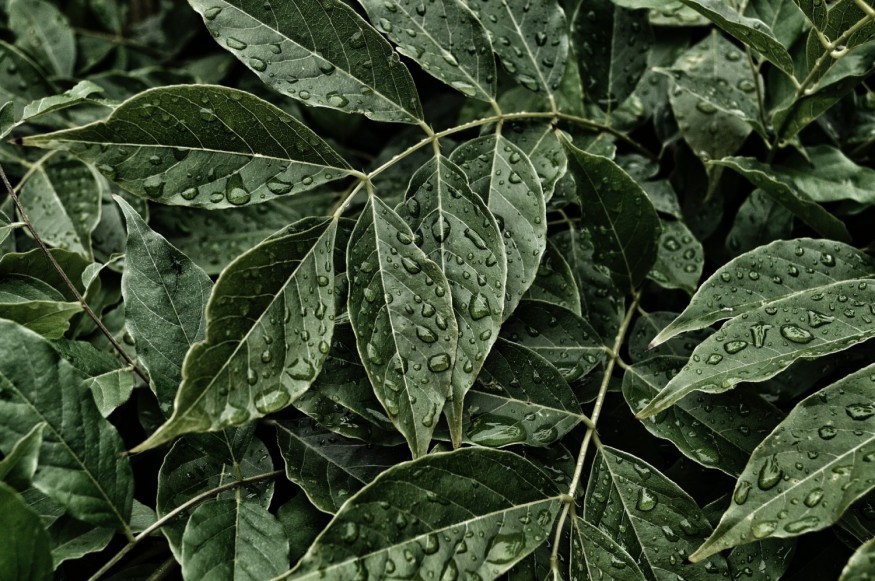How cool is it to be walking around a glowing plant? Scientists and modern-day technology make sustainable living possible through a rechargeable, 'glow-in-the-dark' plants that could someday become reliable and efficient substitute for energy-intensive electric lights.
Scientists are working on using nanoparticles to realize the project, a part of a 'young but growing field' called plant nanobionics. The nanoparticles embedded in the surface of leaves, charged from an LED light for at least 10 seconds, could make the glow suffice for several minutes.
The nanoparticles basically add extra functions and capabilities to living plants, a second generation of the tech to be developed.
"We wanted to create a light-emitting plant with particles that will absorb light, store some of it, and emit it gradually," says chemical engineer Michael Strano from MIT. "This is a big step toward plant-based lighting."
How the technology works

Every glowing plant has capacitors wherein light, in the form of photons, are being stored. This light is then released over time. A compound called strontium aluminate was used as a phosphor - a material able to absorb visible and ultraviolet light, which results to emission of glow.
Strontium aluminate formed into nanoparticles are then embedded in plant stomata, accumulating as a thin film inside the spongy mesophyll tissue layer. The microscopic dots were then coated in silica to protect them from damage.
The technology was found to work effectively across five different plant species, covering a variety of leaf sizes: basil, watercress, tobacco, daisy, and the Thailand elephant ear plant.
"We need to have an intense light, delivered as one pulse for a few seconds, and that can charge it," says MIT nanoscientist Pavlo Gordiichuk.
"We also showed that we can use big lenses, such as a Fresnel lens, to transfer our amplified light a distance more than 1 meter. This is a good step toward creating lighting at a scale that people could use."
Plants still photosynthesize normally
Study reveals that the photosynthesis of plants is not hindered or disturbed at all in spite embedded nanoparticles. In fact, plants continue to evaporate water through their stomata. The team was able to extract and reuse around 60 percent of the phosphors that had been used.
The technology is considered as an upgrade over the first-generation nanoparticles, which the engineers at MIT had also developed into a luminescent plant. However, the recent technology was said to be 'even more promising'. Researchers say that different types of nanoparticles could be combined on the same plant.
"Creating ambient light with the renewable chemical energy of living plants is a bold idea," says MIT architecture researcher Sheila Kennedy.
"It represents a fundamental shift in how we think about living plants and electrical energy for lighting."
There is further analysis on how the technology could be more of practical use. The single lifespan of a leaf for recharging is around two weeks. Undoubtedly, this is a 'bright innovation to keep an eye on' which could literally change the way we see things.
© 2025 NatureWorldNews.com All rights reserved. Do not reproduce without permission.





